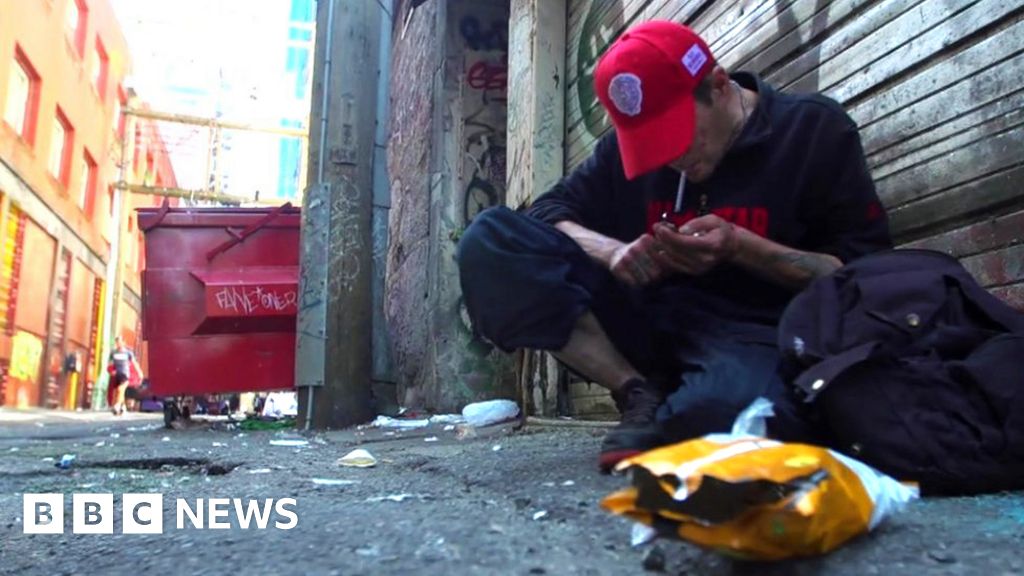

People who freebase crack may place the crack on a piece of tin foil, heat it from below and inhale the vapors with a straw or hollow pen. This method involves melting the crack to form a vapor, which is inhaled. Freebasing crackįreebasing is one of the most common ways of smoking cocaine or crack, producing an intense rush of pleasure. The crack is placed inside the glass bulb and then heated from the outside with a cigarette lighter. The inner workings of the bulb are removed. For instance, if pipes or other paraphernalia aren’t available, a regular light bulb makes a good substitute. With use, crack pipes will have burn marks and smoke residue.Īlso, look for makeshift devices with burn marks. Smoking usually involves glass pipes with a bulb on one end, or simple glass tubes, often with a wad of steel wool to let the smoke filter through without burning the mouth. Smoking crack delivers the drug to the lungs quickly. Department of Justice defines paraphernalia as “any equipment used to produce, conceal, and consume illegal drugs.” Items used to smoke crack can be challenging to identify because they are often commonly found around the house. When a person seeks treatment for a crack addiction and the drug leaves the body, overall health improves, and most outward signs of crack abuse are resolved. It’s common for regular users of crack to appear sick, worn out, and much older than their years.ĭilated pupils are one of the most common physical signs of crack use, but you may also notice:

General changes may seem relatively insignificant at first, but regular or long-term crack cocaine users may look puffy and bloated, or they may look pale, haggard, or emaciated due to rapid weight loss, poor nutrition, and lack of sleep. Physical Signs of Crack Use: Facial Changes Increased energy can also show up as irritability, anger, volatile changes in mood, and unpredictable, erratic or bizarre behavior. A surplus of energy may cause unusual shaking or fidgeting.Ī person under the influence of crack may be more talkative than usual, and speech may be fast or rambling. Legal stimulants include prescription medications like Dexedrine, Adderall, and Ritalin, as well as tobacco, energy drinks, and caffeine.Īll stimulants dramatically increase energy levels and bring on behavioral changes such as hyperactivity, increased alertness, and nervousness. Changes in Energy LevelĬrack belongs to a class of drugs known as stimulants, which includes illegal drugs such as meth, ecstasy, and cocaine. We’ve talked about the three common signs cocaine use, but there are also three common signs of a person using crack that are easy to recognize: 1. Both are dangerous, highly addictive drugs that ravage the mind and body very quickly, and both can lead to many serious effects, including stroke, seizures, and cardiac arrest.Īlthough crack is substantially less expensive than regular cocaine, it becomes very costly when the brain becomes accustomed (or tolerant) to the drug and increasingly larger doses of crack are needed to achieve the desired high.

While crack can be injected, it is typically smoked or inhaled. The mixture is boiled, solidified, and broken into small, uneven chunks that pop and crackle when hot.Ĭocaine is usually snorted. To make crack, cocaine powder is mixed with water and another substance, typically baking soda. What is Crack and How Is It Different From Cocaine?Īlthough crack and cocaine are both derived from the cocoa plant, cocaine is the drug in a powdered form. Hope and Help for Crack Abuse and Addiction.What is Crack and How Is It Different From Cocaine?.


 0 kommentar(er)
0 kommentar(er)
